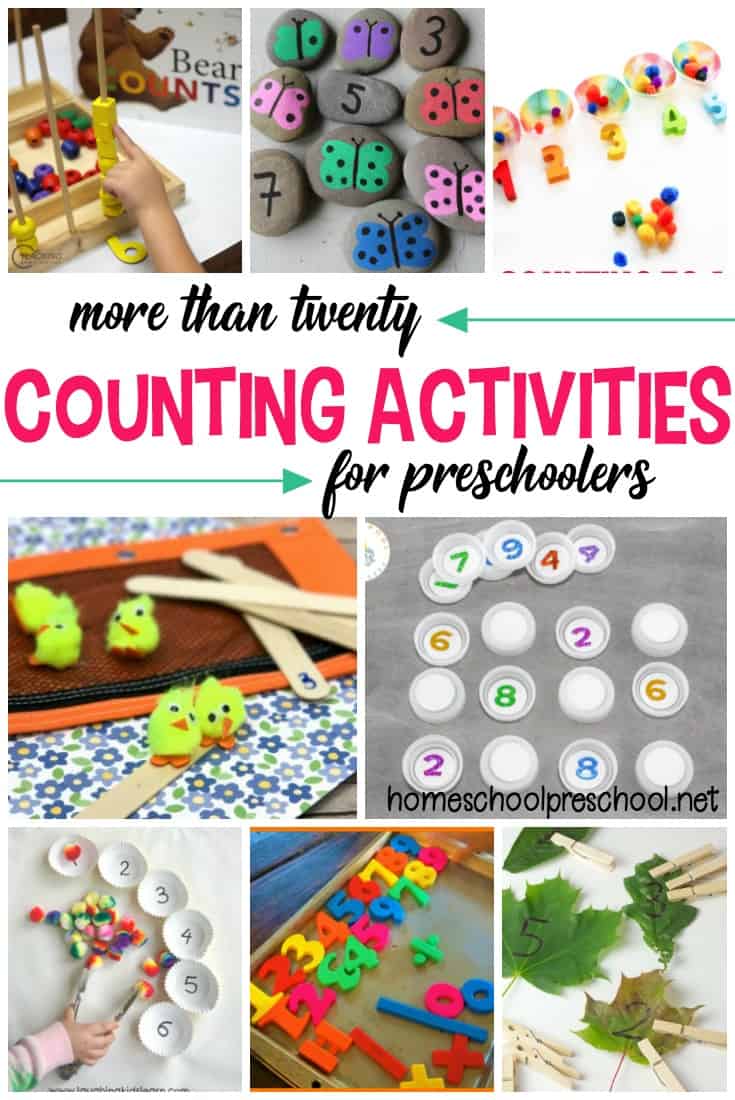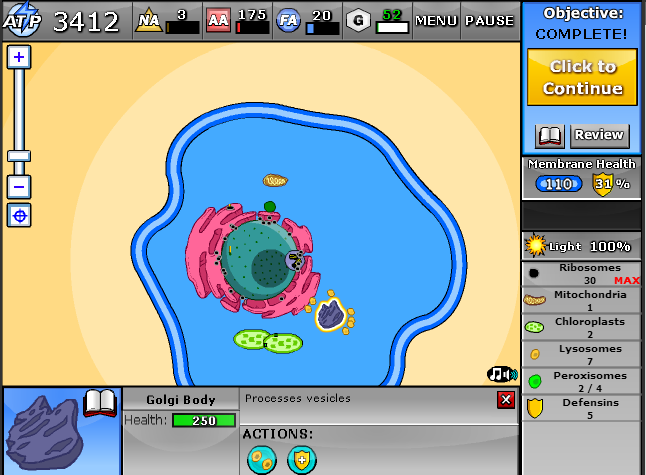
Japan has many universities and colleges. Depending on what you are looking for, you can choose from junior colleges or universities. Here are some tips to help you choose the right college or university in Japan. Take into consideration whether you are looking for work-life balance and what to expect from Japanese colleges.
Common options for tertiary education in Japan
The first step in pursuing tertiary education in Japan is to choose a university and a program. Many universities require applicants to apply online. This involves filling out a questionnaire and paying an application fee. The application process requires applicants to upload documents such as transcripts of high school or university and letters of recommendation.
There are several types of universities
There are many different types of universities in Japan. Some universities are open to the public, others are closed to the public. All universities share the common goal of providing students with a wide education and the right environment to conduct research. There are more than 200 universities that enroll students in engineering, social science, or the humanities.

There are several types of junior colleges
The situation for junior colleges in Japan is in crisis, but few commentators have looked at the perspectives of junior college students. Although approximately 221,000 students are currently enrolled in junior colleges in Japan at the moment, that number may be decreasing. Understanding the perceptions of junior college students is therefore crucial to a deeper understanding of the situation. This study focuses on the voices of female junior college students, as well as those of their tutors.
You can have a work-life balance
Japan has recently been in the spotlight for its work-life balance. These issues include a shortage of childbearing and an ageing population. The Working Reform Law was passed by the government in 2018 to address overwork. This law contains a flex-time system and equal pay.
Cost of junior college
Junior colleges in Japan offer a mix of liberal arts and specialized education for local students. They offer an associate diploma, which is shorter than that offered by universities. Associate degrees are also awarded to junior college students, as in many other countries.
Cost of university
When deciding on the cost of university in Japan, there are many factors to consider. First and foremost is the fact that living expenses in Japan are typically lower than in other industrialized country. Japan's university tuition fees are lower than in many developed countries. So, if your financial situation is favorable, you should be able afford your entire educational stay in Japan.

Graduate school costs
Japan offers top-notch educational opportunities through its graduate schools. Japanese graduate degrees are recognized worldwide, and a Japanese master's degree can open many doors to professional and academic careers. These credentials are valued by most international companies and organisations. Many students may find the price prohibitive. Here are a few tips to help you find a school that is right for you and your budget.
FAQ
What salary does an early childhood teacher earn? (earning potential)
The average salary for a teacher in early childhood is $45,000 per year.
But, salaries in certain areas are more than average. For example, teachers who work in large urban districts often earn more than those working in rural schools.
Salaries are also affected by factors like the size of the district and whether or not a teacher holds a master's degree or doctorate.
Because they lack experience, teachers often make less than other college graduates. Teachers can see a dramatic increase in their income over time.
What is early child education?
Early Childhood Education refers to a field dedicated to helping children become happy, healthy adults. This includes teaching children how to read and preparing them for kindergarten.
Early childhood education has the goal of helping children learn and grow by offering them age-appropriate experiences.
Early childhood educators are often called upon to assess the developmental needs of each child they come across. This assessment helps determine whether a particular program would benefit each individual child.
Early childhood programs also provide opportunities for parents to interact with teachers and other professionals who have experience working with young children.
Parents play an important role in an early childhood education as well. They should be able and willing to help their children in any way they can.
Parents can also join activities to teach their children skills that will be useful throughout their lives.
While preschool education is sometimes called early child education, the term is also used interchangeably to describe daycare centers. Prekindergarten education begins at three years of age, but early childhood education can begin around three.
What's the difference between college and school?
Schools are typically divided into classes or grades with a teacher who teaches students. Colleges are larger institutions that offer more specialized programs and include many university-level courses. Colleges may focus more on business and science while schools will usually only teach basic subjects. The curriculum at both levels is intended to prepare students to study at higher levels.
How much time should I devote to studying each semester?
The amount of time you study depends on several factors: 1) How important the course is to your degree program; 2) How difficult the course is; 3) Whether you've taken the course before; 4) Whether you've studied other courses during the same semester; 5) Whether you're taking more than one class per week; 6) Whether you have outside commitments; 7) Whether you're enrolled full-time or part-time; 8) Whether you have financial aid available to pay for school expenses; 9) Whether you're living at home or off campus; 10) Whether you're married or single; 11) Whether you have children; 12) Whether you're going to school part-time or full-time; 13) Whether you plan to graduate early or later.
Some schools may also require that you take certain classes every year. This means you might not have the freedom to take less courses during a semester. Your advisor can help you determine which courses you should take in each semester.
What is an alternate school?
An alternative school is a school that offers students with learning difficulties education with the help of qualified teachers who are sensitive to their individual needs.
The aim of an alternative school is to provide children with special educational needs with the opportunity to learn within a normal classroom environment.
A lot of help is also available for them when they need it.
An alternative school is not just for those who have been excluded from mainstream schools.
They are open for all children, regardless their ability or disability.
What is homeschooling exactly?
Homeschooling is a method of education where children learn at home from their parents. This is also called private education, self-education or homeschooling.
For families who wish to educate their children at home, homeschooling is an excellent option. This method allows them to receive a quality education without leaving the comfort of their own home.
From birth, parents educate their children until high school. They choose which subjects to study and how long each subject should last. Every subject is taught by the student in his/her own time.
Parents decide when to begin teaching their children. Schools recommend that children begin classes between the ages of four and twelve. However, some families choose to wait to begin teaching their children until they reach kindergarten.
Any number of resources can be used by parents to guide them through the curriculum. Videos, books, websites, magazines, and even magazines can provide valuable lessons.
Many families find homeschooling fits well into their busy lives. Children can be spent more time at home than in traditional public schools.
Statistics
- These institutions can vary according to different contexts.[83] (en.wikipedia.org)
- Data from the Department of Education reveal that, among 2008 college graduates, 92.8 percent of humanities majors have voted at least once since finishing school. (bostonreview.net)
- They are more likely to graduate high school (25%) and finish college (116%). (habitatbroward.org)
- Globally, in 2008, around 89% of children aged six to twelve were enrolled in primary education, and this proportion was rising. (en.wikipedia.org)
- Among STEM majors, that number is 83.5 percent. (bostonreview.net)
External Links
How To
What is vocational Education?
Vocational Education, which is an educational system that prepares high school students for jobs after college or high school, provides them with training in specific skills required for a job (e.g. welding). This includes apprenticeship programs and on-thejob training. Vocational Education is different than general education. It focuses on specific careers and not learning broad knowledge for the future. Vocational training is not designed to prepare individuals for university but rather to assist them in finding jobs upon graduation.
Vocational education may be provided at all levels of schooling, including primary schools, secondary schools, colleges, universities, technical institutes, trade schools, community colleges, junior colleges, and four-year institutions. There are many schools that specialize in specific subjects, such as nursing schools (law schools), medical schools, dental school, veterinary medicine and firefighting schools. These schools offer both practical and academic training.
A number of countries have made significant investments in vocational education over recent decades; for example, Australia, Denmark, Finland, Germany, Ireland, Japan, Luxembourg, New Zealand, Norway, Poland, Sweden, Switzerland, the United Kingdom, and the United States. The effectiveness of vocational training is still a controversial topic. Some critics believe it doesn't help students get hired, while others claim that it helps prepare them for life after high school.
According to the U.S. Bureau of Labor Statistics 47% of American adults have a postsecondary certificate. This percentage is higher among those with higher education. 71% percent of the 25-29 year olds with a bachelor's degree are currently working in fields that require postsecondary credentials.
In 2012, the BLS reported that nearly half of the nation's adult population had at least some form of postsecondary credential. One-third of Americans had a two year associate degree. Only 10% held a four-year bachelors degree. One fifth of Americans had a masters degree or doctorate.
In 2013, the median annual wage for persons holding a bachelor's degree was $50,900, compared to $23,800 for those without a degree. The median income for those with advanced degrees was $81,300.
For those who did no high school, the median salary was only $15,000. A person with a lower high school diploma earned $13,000 annually.